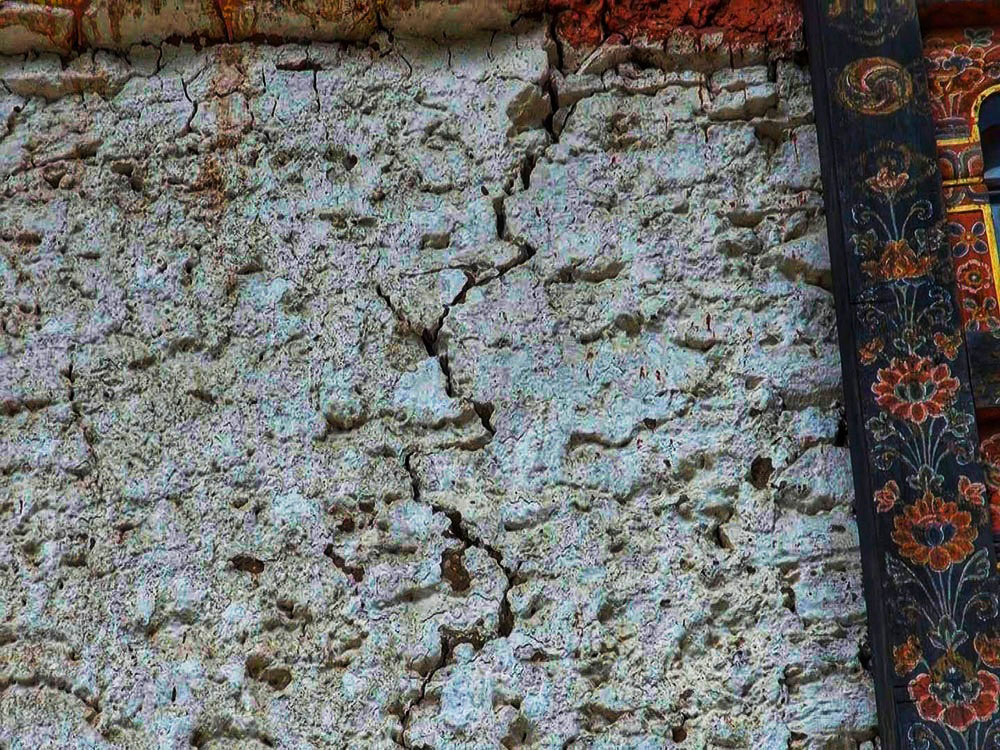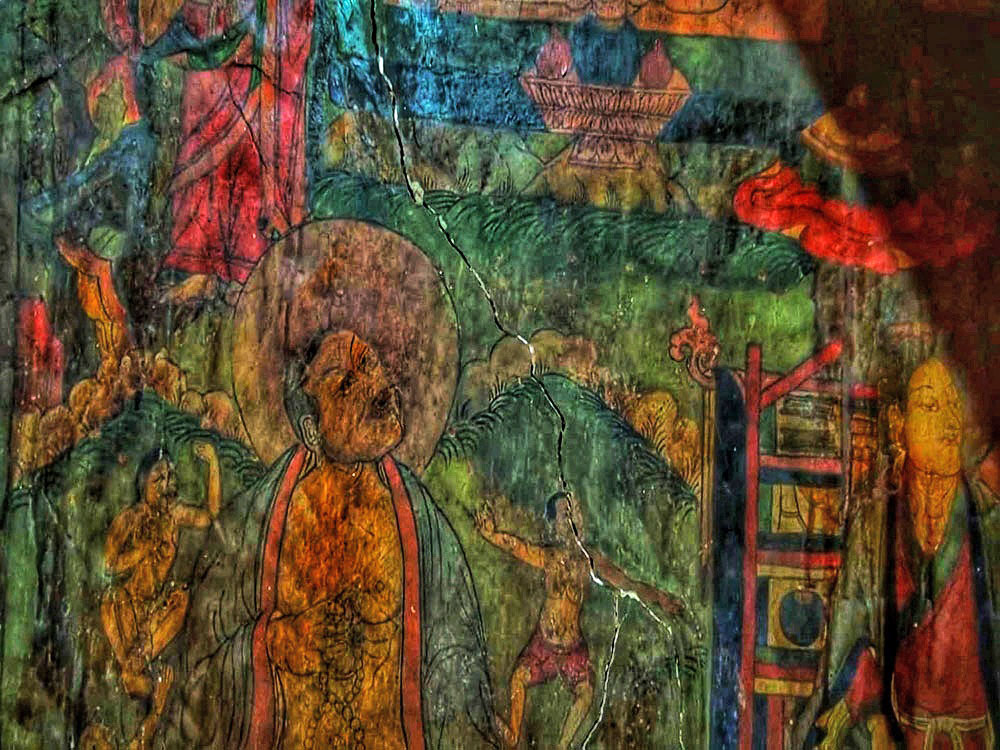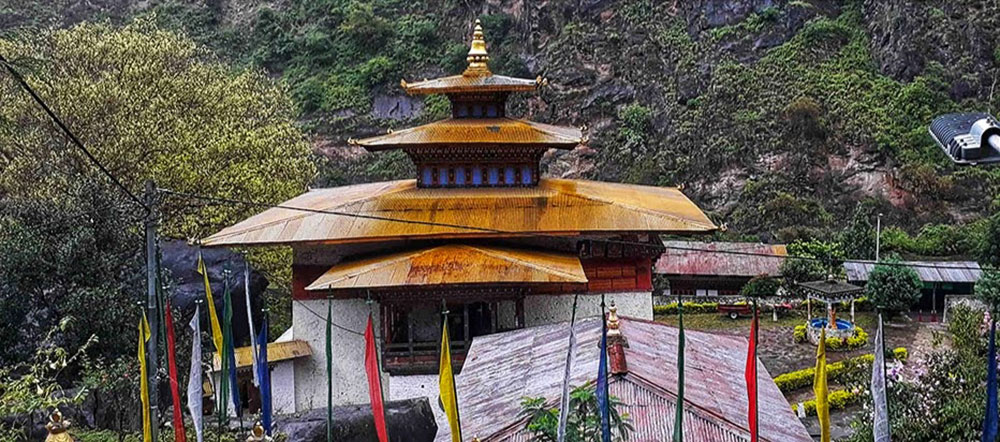Neten Dorji
Trashiyangtse — The iconic Gomphu Kora Lhakhang, a revered sanctuary with over 360 years of history nestled beneath the majestic backdrop of the Trashigang-Trashiyangtse highway, is grappling with a critical state of disrepair. Reverberations from past earthquakes have left the walls marred by deep cracks, while the toll of insect infestations has ravaged the structural integrity of wooden planks and pillars.
This historic gem, one of the most frequented lhakhangs in eastern Bhutan, holds profound cultural and spiritual significance for both pilgrims and tourists alike. However, due to the escalating deterioration, access to the site has been restricted to a maximum of five visitors at any given time, in a bid to ensure their safety.
Trashiyangtse’s dzongkhag administration, noting the perilous state of the lhakhang, formally communicated their concerns to the Department of Culture. The aftermath of their appeal resulted in a comprehensive investigation by the department, culminating in a meticulous evaluation of the site.
A dzongkhag official explained: “Upon the dzongkhag’s request, the Department of Culture and Dzongkha Development undertook an in-depth assessment, subsequently approving the replacement of timber components and the necessary reinforcement of cracked walls.”


Walls have developed cracks
He continued, “Following this approval, the dzongkhag has initiated the renovation process, with the procurement and seasoning of the requisite timber components well underway.”
While minor maintenance endeavours had previously been executed through the dzongkhag’s annual grant, encompassing alterations to the main Lhakhang and Tshezhung’s infrastructure, the comprehensive restoration project marks a vital stride toward preserving the lhakhang’s historical grandeur.
Regrettably, the Department of Culture’s approval solely pertains to the replacement of timber components and mending the compromised walls. The dzongkhag administration submitted a proposal to the government, seeking a budget of Nu 7 million to facilitate the comprehensive renovation project, acknowledging potential cost fluctuations due to current economic fluctuations.
Concern echoes among local residents who dread the prospect of a substantial earthquake exacerbating the lhakhang’s deterioration and potentially endangering its sacred relics.
A senior resident lamented, “Prominent cracks have surfaced along the walls. Our anxieties heighten as we fear that the lhakhang could cascade into ruins if immediate intervention is not undertaken.”
To safeguard visitors and the lhakhang alike, restrictions have been placed on entering precarious areas, with no more than five visitors allowed within its hallowed confines simultaneously.
An official noted, “Given that Trashigang Rabdey is the rightful custodian of the Lhakhang and oversees its daily affairs, the cautionary notice and visitor limitations have been implemented under their purview.”
Gomphu Kora Lhakhang, which once served as the winter retreat for approximately 70 monks from Trashigang Rabdey, stands as a poignant testament to Bhutan’s rich cultural tapestry. The revered Gomphu Kora tshechu, a distinctive local festival, unfolds within its sacred precincts, adding to its legacy.
Devotees from eastern dzongkhags make pilgrimages to the lhakhang, particularly during the Gomphu Kora celebration on the 10th day of the second lunar month, drawn by its spiritual and cultural resonance.
Over the centuries, Gomphu Kora has attracted esteemed religious figures, such as Gongkhar Gyal, who established an initial shrine, and Terton Pema Lingpa, who expanded it in the 14th century. Notable figures, including Yongzin Ngagi Wangchuk and 4th Desi Gyalsey Tenzin Rabgye, further nurtured and enriched its heritage in subsequent centuries.
As the call for preservation reverberates, Gomphu Kora Lhakhang stands as a poignant symbol of Bhutan’s enduring history, awaiting restoration to ensure its legacy persists for generations to come.


